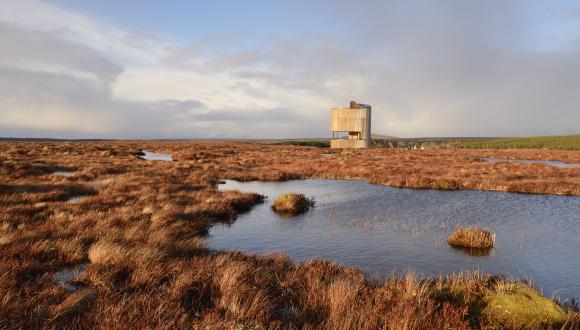
Majority of natural features in good condition
13 May 2021
More than three-quarters of Scotland’s natural features are in good condition or on the road to recovery, new figures show.
Official statistics published by NatureScot show that 78.3% of more than 5,400 features on protected nature sites were assessed as in a favourable or recovering condition in the last year. Natural features include habitats, species and geological features such as fossil beds and caves.
The figure remains relatively stable and is up over the long-term from 71.4% in 2005.
Around two-thirds (65.1%) of features were found to have already reached favourable condition, with a further 13.1% believed to be on the road to recovery.
The natural features with the lowest proportion in favourable condition remain marine mammals (58.6%), woodlands (64.3%) and birds (66.9%).
The figure for marine mammals is largely due to a well-documented decline in harbour seal numbers and research into these declines, funded by Marine Scotland, is ongoing through the Marine Mammal Scientific Support Research Programme.
For a number of the other features in unfavourable condition there is no immediate on-site action that can be taken because they are caused by wider, often global pressures. For example, declining seabird populations are thought to be related to changes in prey distribution brought about by a combination of factors, including climate change. Climate change is also a factor in the decline of a number of natural features on protected areas and poses a long-term threat to Scotland’s nature.
Invasive species remain the single biggest reason for features being in unfavourable condition, representing 20.9% of all negative pressures, followed by overgrazing (17.8%).
Both of these pressures have an impact on our woodlands for example, where herbivores browse and non-native species such as rhododendron or Himalayan balsam compete with native species for nutrients and light.
NatureScot is working with partners and land managers across Scotland to take remedial action to promote recovery, including through hundreds of individual management agreements as well as support through the Scotland Rural Development Programme Agri-Environment Climate Scheme and Voluntary Control Agreements under the Deer (Scotland) Act 1996.
Nick Halfhide, NatureScot’s Director of People and Nature, said: “Scotland’s protected areas have a vital role in strengthening ecological networks and helping us to build resilience in the face of the twin challenges of climate change and biodiversity loss.
“As well as safeguarding our most special places for nature, protected areas provide many benefits including locking away huge amounts of carbon, particularly in our peatland and native woodlands.
“This year new global targets to improve nature will be agreed at a Conference of the Parties in Kunming, China (COP15). Alongside the COP26 on climate change in Glasgow, Scotland has a huge opportunity to address the many challenges and pressures that nature is facing.
“Anticipated Scottish Government targets for 30% of Scotland’s land and sea to be within a protected area by 2030 provide a real opportunity to work in partnership to ensure these sites are as effective as possible in helping to reverse nature loss and capture carbon from the atmosphere.”




